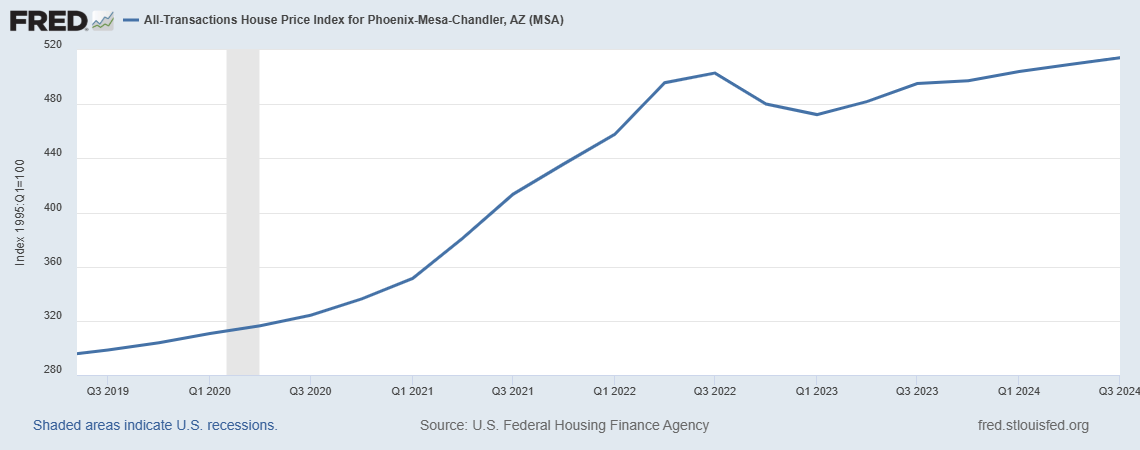The root cause of the 2008 financial crisis was deregulation in the financial industry. That permitted banks to invest customers’ deposits in risky derivatives. Banks then demanded more mortgages to support the profitable sale of these derivatives. To create more mortgages, they created interest-only loans that became affordable to subprime borrowers.
In 2004, the Federal Reserve raised the fed funds rate just as the interest rates on these new mortgages reset. Housing prices started falling in 2007 as supply outpaced demand. That trapped homeowners who couldn't afford the payments, but couldn't sell their houses either. When the values of the derivatives crumbled, banks stopped lending to each other. That created the financial crisis that led to the Great Recession.
Deregulation
In 1999, the Gramm-Leach-Bliley Act, also known as the Financial Services Modernization Act, repealed the Glass-Steagall Act of 1933. Suddenly, banks could use customers’ deposits to invest in derivatives. Bank lobbyists said they needed this change to compete with foreign firms. They promised to only invest in low-risk securities to protect their customers.
The following year, the Commodity Futures Modernization Act exempted credit default swaps and other derivatives from regulations. The Act overruled state laws that prohibited derivative trading. It specifically exempted trading in energy derivatives.
Who wrote and advocated for passage of both bills? Texas Senator Phil Gramm, Chairman of the Senate Committee on Banking, Housing, and Urban Affairs. According to the New York Times, he listened to lobbyists from the energy company Enron. The company wanted to engage in derivatives trading using its online futures exchanges. Enron argued that foreign derivatives exchanges were giving overseas firms an unfair competitive advantage.
Banks liked the bill because they had the resources to become sophisticated users of these complicated derivatives. With that competitive advantage, they gobbled up many smaller, safer banks. By 2008, they had become so large the government couldn’t let them fail.
Why Banks Needed Mortgages
Banks became involved with mortgage-backed securities and other derivatives. A mortgage-backed security is a financial product whose price is based on the value of the underlying mortgages. Banks bundled mortgages together. They used computer models to figure out what each bundle was worth based on several factors. These included the monthly payments, the total amount owed, the likelihood you will repay, and future home prices. Investors then bought these mortgage-backed securities.
Banks sold the mortgages, so they could make new loans with the money. In addition, the mortgage-backed securities became more profitable than the original mortgage. That’s because the computer models saw a future in which home prices just kept rising.
The investors didn't worry about the risk because they had insurance, called credit default swaps. The biggest seller of this type of insurance was the American International Group. This seemingly risk-free investment was snapped up by large investors such as pension funds, large banks, hedge funds, and even individual investors. Some of the biggest owners were Bear Stearns, Citibank, and Lehman Brothers.
A derivative backed by the combination of both real estate and insurance was very profitable. As the demand for these derivatives grew, so did the banks' demand for more and more mortgages to back the securities. To meet this demand, banks and mortgage brokers offered home loans to just about anyone.
Why Falling Home Prices Caused a Crisis
When home prices started to fall, the models could no longer price the derivatives. No one knew what they were worth. Banks realized they could have been holding worthless investments. They became cautious about lending to each other, especially if these derivatives were offered as collateral.
Banks that were heavily invested verged on bankruptcy. Defaults of these large banks would have destabilized the global financial markets. It would have also jeopardized the pension funds, retirement accounts, and investors who owned both the derivatives and shares of these banks. As a result, the federal government and the Federal Reserve intervened to restore global liquidity and faith in the financial markets.




